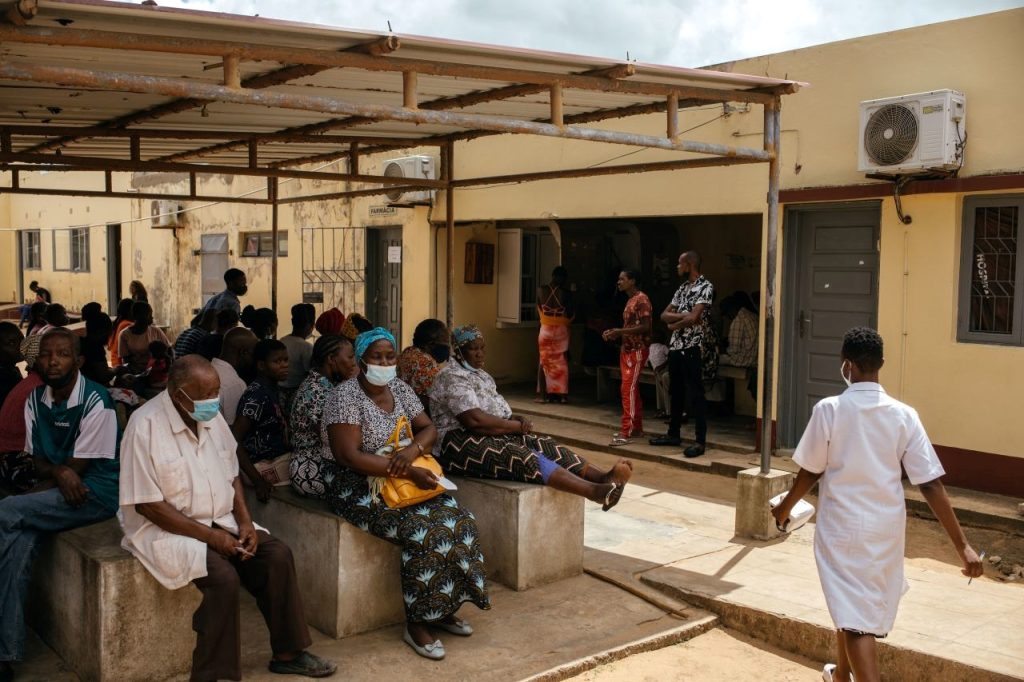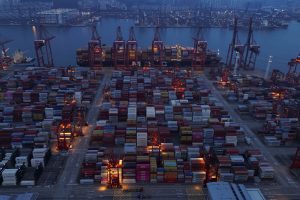Greece’s ancient treasures—some of the most iconic in the world—are increasingly under siege. But this time, the threat isn’t war or looting. It’s the climate crisis. From rising sea levels to extreme weather, the forces of nature are placing invaluable archaeological sites in serious jeopardy. Without decisive action, we may witness parts of our cultural heritage vanish beneath the waves—or crumble under the pressure of a rapidly changing environment.
The Rising Tide of Risk
Take Delos, for instance. The sacred island, once a thriving religious and commercial hub of the ancient world, is now facing a very different kind of threat: submersion. Scientists estimate that by the year 2100, sea levels could rise by as much as 104 centimeters. If that happens, key parts of the archaeological site—including the Sanctuary of Apollo, the ancient harbor, and central access routes—could end up underwater.
But it’s not just Delos. Other vulnerable landmarks include the Pythagoreion in Samos and the Old Fortress of Corfu. Even sites far from the coast, like Epidaurus and Ancient Messene, aren’t safe. Drought, intense heat, wildfires, and desertification are growing concerns, weakening both the land and the ancient structures that have stood upon it for centuries.
When the Weather Attacks
Climate extremes don’t just affect the monuments’ surroundings—they get right into the stone and mortar. Heat waves, rapid temperature swings, high humidity, salt from the sea, and air pollution are eating away at the very materials our monuments are made of. Meanwhile, heavy rainfall is increasing the risk of soil subsidence, erosion, and landslides in traditional villages such as Tsepelovo, Papingo, and Dilofo in the Zagori region.
These alarming findings have been brought to light by an interdisciplinary team working under the European LIFE-IP AdaptInGR project, coordinated by Greece’s Ministry of Environment and Energy. Helming the research is Professor Eleni Maïstrou of the National Technical University of Athens, who led climate impact assessments on five representative cultural sites: Ancient Messene, Delos, the Porta Panagia Byzantine church, the Old Town of Corfu, and the Zagori villages.
Case Study: Delos
Delos exemplifies the kind of complex, multifaceted threat that climate change poses to heritage sites. Already exposed to severe weather, it now faces the dual menace of coastal flooding and localized water accumulation during intense rainfall. The topography of the island—with natural basins, ancient streets, and drainage systems—only heightens its vulnerability. Add to that the wear and tear from salt, moisture, and fluctuating temperatures, and the need for urgent protective measures becomes crystal clear.
Inland Sites Aren’t Immune
In Ancient Messene, the future looks hotter and drier, with a heightened risk of desertification and wildfires—factors that could eventually cause flash flooding as hardened ground loses its ability to absorb water. Currently, the site lacks sufficient infrastructure and has no firefighting system in place, although a fire protection study was recently approved after earlier fire threats.
Corfu’s Old Town Under Pressure
A living, breathing World Heritage Site, Corfu’s Old Town is struggling to balance modern life with its ancient identity. Like Rhodes, Chania, Nafplio, and other historic cities, it’s vulnerable to intense heat, sudden downpours, and even tornadoes blowing in off the sea. The western part of the Old Town, especially the Spilia district and the port, along with sections of the Old Fortress, are at particular risk from rising sea levels. The damage doesn’t end there, though: thermal stress, air pollution, sea spray, and moisture are all accelerating the decay of historic structures, especially in areas with dense building and little sunlight, such as the Jewish Quarter.
The Fragility of Mountain Villages
In the traditional settlements of Tsepelovo, Papingo, and Dilofo, rising rainfall is triggering land movement. These picturesque stone-built villages are increasingly prone to subsidence, landslides, and surface erosion. Compounding the problem is the shift in vegetative zones and the spread of invasive plant species, which undermine the local ecosystems and reduce these areas’ natural resilience to extreme weather.
Porta Panagia: A Byzantine Church in Peril
At the mouth of a gorge carved out by the Portaios River lies the Byzantine church of Porta Panagia—an architectural jewel in a high-risk flood zone. Its geology–a mix of limestone, schist, and river deposits–, combined with steep slopes, makes it particularly susceptible to landslides. The church already shows damage from moisture and salt crystallization, underscoring the need for soil stabilization and structural reinforcement before it’s too late.
What Comes Next?
Each of the five case studies was grounded in detailed climate data and careful documentation of the monuments’ characteristics. According to Professor Maïstrou, the project’s final phase—set for completion in 2026—will evaluate the cost of the necessary climate adaptation efforts and produce a comprehensive report for heritage management nationwide.
The proposals made to date have been practical and far-reaching: strengthening traditional materials, renewing drainage systems, and managing stormwater runoff. While these may seem like minor measures, together they form a powerful defense against what is becoming a relentless natural assault.
One thing is clear: the clock is ticking. If Greece—and the world—hopes to preserve these silent witnesses



